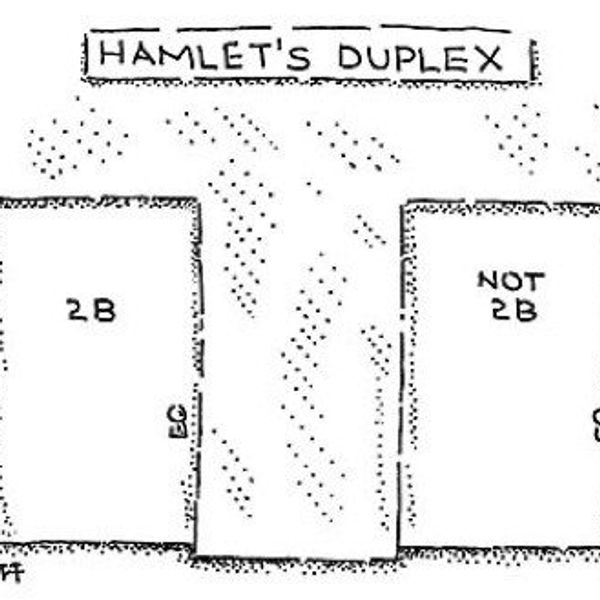There is no one "right" manner at interpreting a document. Two individuals may read a newspaper article about politics and reach different conclusions based on their personal viewpoints, experiences, etc. Similarly, justices on the Supreme Court have had differing interpretations of the clauses in the Constitution. This article will examine four major types of constitutional interpretations and provide major examples to those interpretations.
Originalism
Followers of originalism believe that the Constitution should be interpreted at the time that the Framers drafted the document. The originalist interpretation can be further divided into two schools, intent and meaning. Those that follow original intent would interpret an action based on how the constitutional framers would have wanted and reacted. Followers of original meaning, including Antonin Scalia, believe that the clauses and words of the Constitution should be interpreted based on definitions to those (framers) who crafted the document at the time. An example of original meaning is used in the 1983 case Marsh v. Chambers that upheld the usage of chaplains to open sessions in the Nebraska legislature. Justice Burger, who wrote the majority opinion, used early historical examples from the nation's First Congress to interpret how the Founders would have examined the First Amendment's Establishment Clause.
Textualism
Textualists simply look only at the text of the Constitutions to provide answers to various issues. A textualist would not examine the further intent of the individuals behind the framing of the Constitution. An example of a textualist interpretation is famous adherent Hugo Black with his dissenting opinion in Griswold v. Conneticut that established the Constitutional right to privacy. Justice Black argued that the right to privacy is nowhere to be found in the text of the Constitution, and therefore, it is not an established right. In other court cases, Justice Black would support free speech claims the vast amount of times as the Constitution doesn't explicitly detail restrictions to free speech.
Pragmatism
A pragmatist would consider the consequences of various outcomes and seek to provide a solution that would lead to the least negative impact. An example of a pragmatist decision is in the 1984 case U.S. v. Leon. A search warrant was erroneously issued by a judge, however, police officers carried out the execution of the warrant. As a result, the police officers found evidence that Leon argued should be thrown out since the warrant was issued erroneously. The Court disagreed with Leon and decided that the officers were acting in "good faith" under the assumption that the warrant was valid. Upholding the warrant would have been more pragmatic in the long run than ruling the evidence obtained as illegal.
Stare Decisis
Followers of stare decisis believe that Courts should follow past Court cases to help decide current issues before them. An example of stare decisis is shown in the 1992 case Planned Parenthood v. Casey where the decision upheld the right to an abortion. The Court used a past decision or precedent to decide the case as the majority opinion was influenced by the central holding in Roe v. Wade.



















